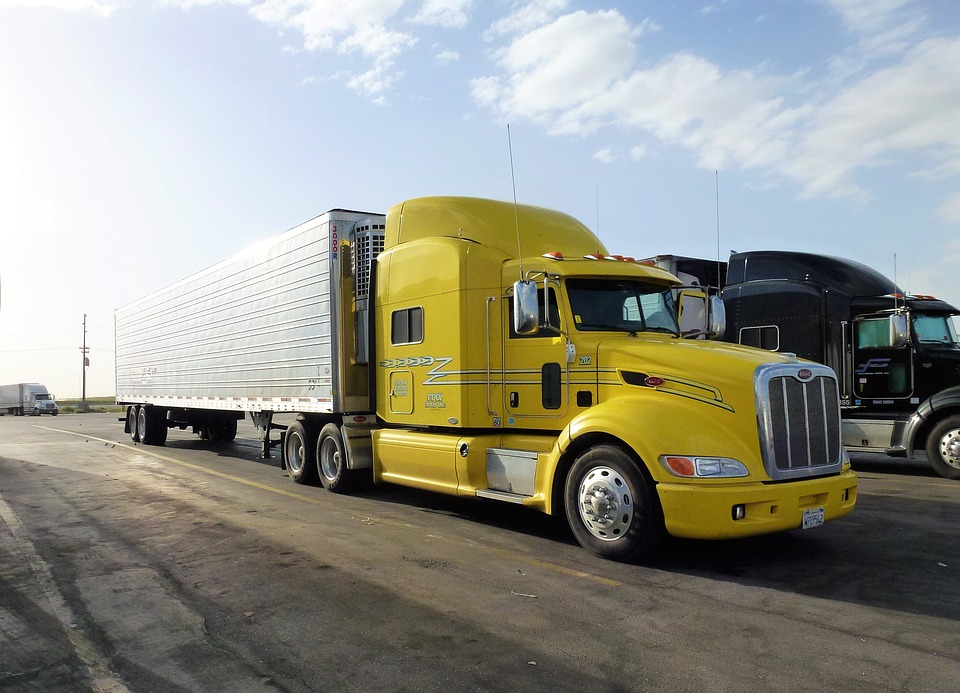Drivers Operating a CMV Without an ELD Will Be Placed Out of Service

Starting April 1, 2018, property-carrying commercial motor vehicle (CMV) drivers operating their vehicle without a required registered electronic logging device (ELD) or a grandfathered automatic on-board recording device (AOBRD) will be placed out of service for 10 hours; passenger-carrying CMV drivers will be placed out of service for 8 hours.
Violations will be recorded on a roadside inspection report and the driver may be cited (e.g., issued a violation ticket or a civil penalty) for failing to have a required electronic record of duty status.
After 8 or 10 hours out of service, the driver may continue to their final destination, provided the driver has accurately documented their hours-of-service requirements using a paper record of duty status (e.g., log book, daily log or log) and has a copy of the inspection report and/or citation.
If the driver is stopped again before reaching his/her final destination, the driver must provide the safety official with a copy of the inspection report and evidence (e.g., bill of lading) proving that he/she is still on the continuation of the original trip.
After reaching their final destination, if the driver is re-dispatched again without obtaining a compliant ELD, he/she will again be subject to the out-of-service process outlined above, unless the driver is traveling back to the principle place of business or terminal empty to obtain an ELD.
All ELD violations will be counted against a motor carrier’s Safety Measurement System (SMS) score, which will drive selection for investigation within the Federal Motor Carrier Safety Administration’s (FMCSA) Compliance, Safety, Accountability (CSA) program. FMCSA will determine appropriate action against non-compliant motor carriers.
Please note that motor carriers that installed and used an AOBRD prior to Dec. 18, 2017, may install and use additional ELD-capable devices with complaint AOBRD software after Dec. 18, 2017. These AOBRDs may be used until Dec. 16, 2019, and must meet the requirements of 49 CFR 395.15.
The ELD footnotes 11-14 in Part I of the North American Standard Out-of-Service Criteria are now in effect, which means that drivers operating CMVs with violations related to ELD compliance in those footnotes will be placed out of service for 8 or 10 hours, then permitted to continue, as outlined above.
Remember, the ELD mandate does not change the underlying hours-of-service requirements.
Exemptions:
Drivers who use the timecard exception are not required to keep records of duty status (RODS) or use ELDs. Additionally, the following drivers are not required to use ELDs; however, they are still bound by the RODS requirements in 49 CFR 395 and must prepare logs on paper, using an Automatic On-Board Recording Device (AOBRD), or with a logging software program when required:
- Drivers who use paper RODS for not more than 8 days out of every 30-day period.
- Drivers of vehicles manufactured before 2000.
- Drivers who are required to keep RODS not more than 8 days within any 30-day period.
- Drivers who conduct drive-away-tow-away operations, where the vehicle being driven is the commodity being delivered, or the vehicle being transported is a motor home or a recreation vehicle trailer with one or more sets of wheels on the surface of the roadway.
- Drivers of vehicles manufactured before the model year 2000. (As reflected on the vehicle registration)
Additionally, there is a Short Haul/ 100 Air-Mile Radius Exception:
There are a number of requirements to qualify for the short-haul exception from §395.1(e):
- Operate within a 100/150 air-mile radius of the normal work-reporting location (100 air-miles if you are a commercial driver’s license (CDL) driver and 150 air-miles for drivers without a CDL).
- Start and return to the same location.
- 12 consecutive hours of duty time.
An air mile equals 115.08 statute miles (185.2 kilometres), according to FMCSA regulations. It is based on the international nautical mile which is 6,076 feet (1,852 meters).
These additional rules also apply to short-haul drivers:
- Drive time cannot exceed 11 hours.
- Must log a minimum of 10 consecutive hours of off-duty time after shift.
If the driver cannot meet these conditions, they will have to complete a logbook for the day as the vehicle is considered a CMV.
The vehicle and trailer are also subject to vehicle inspection as per §396.11 and §396.13 if they collectively meet the criteria of a CMV. A DVIR (Driver Vehicle Inspection Report) will need to be filled, and stored. The next time the vehicle and/or trailer is used, the previous Driver Vehicle Inspection Report (DVIR) must be reviewed prior to operation.
You must store the log records, and the inspection report records, and present it both to law enforcement as well as in the time of a carrier audit.
For more information or if you have any questions, visit FMCSA’s ELD implementation website.
Content Courtesy Of: Commercial Vehicle Safety Alliance





